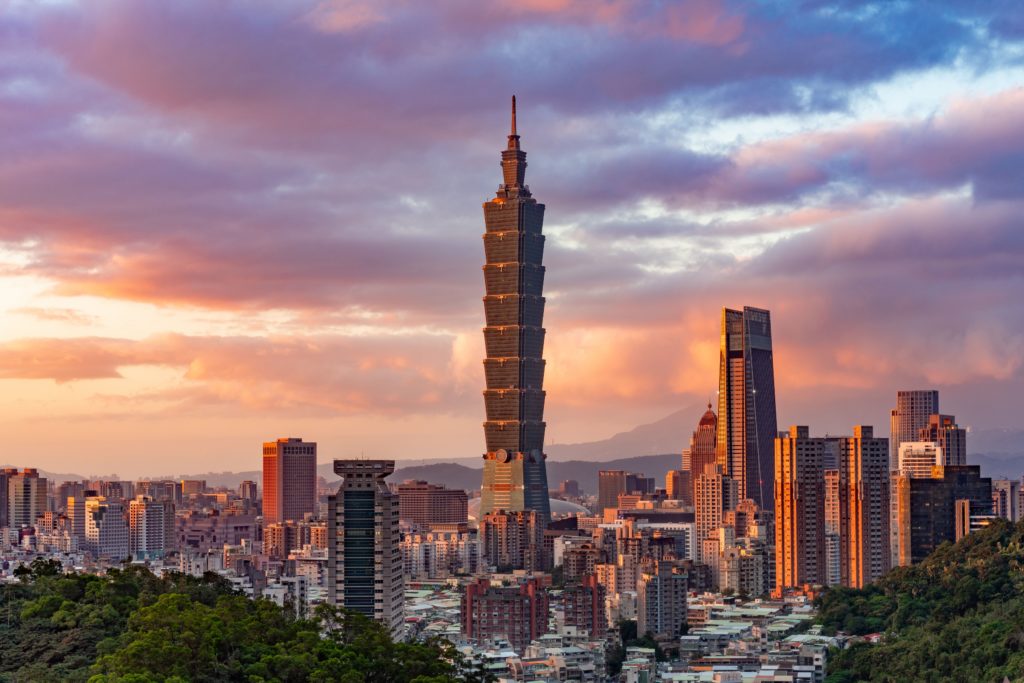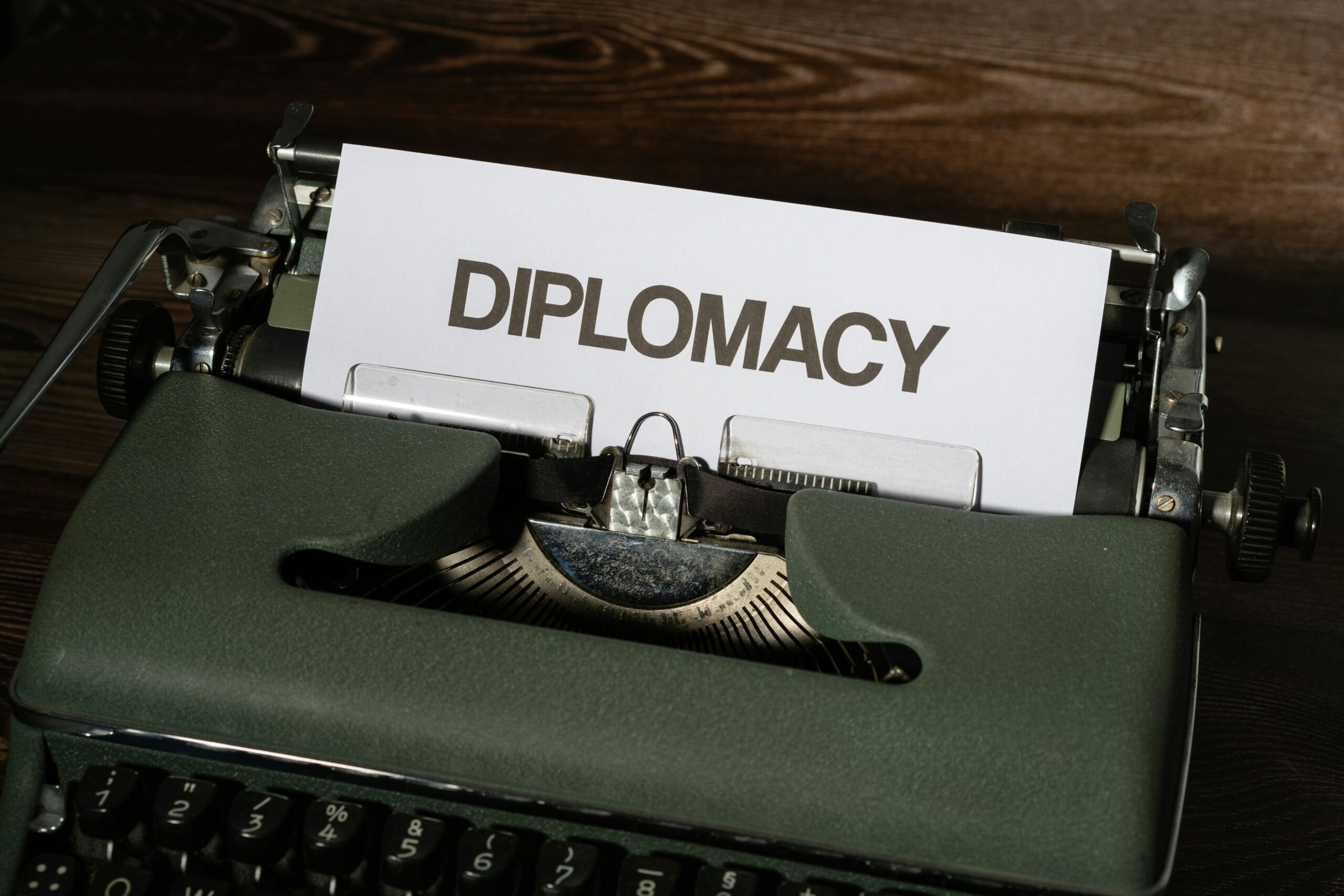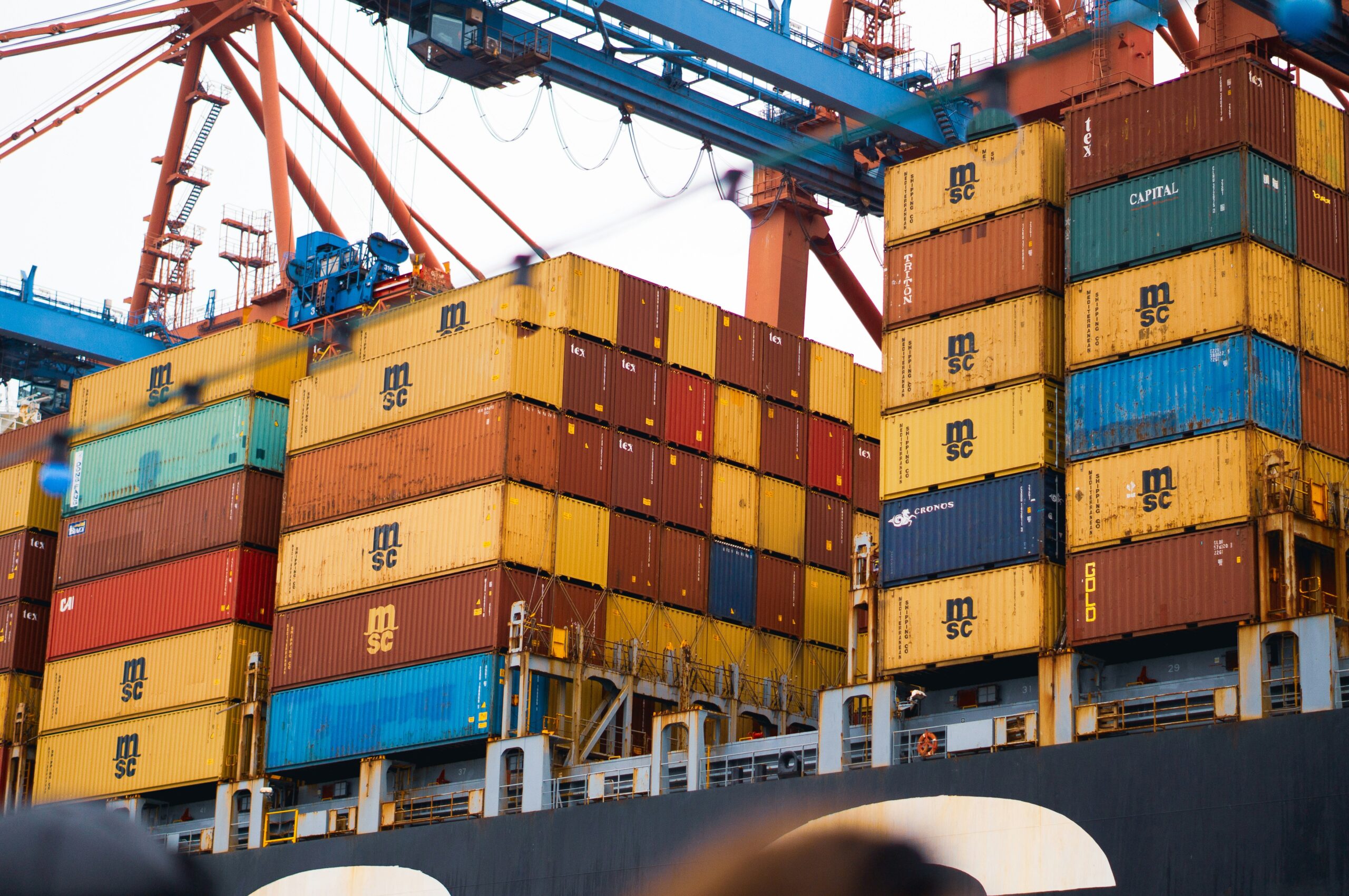The Asia-Pacific Trade Agreement (APTA) was signed in 1975. It was formerly known as the Bangkok Agreement which was renamed on 2nd November 2005. The Asia-Pacific region’s preferential trade agreement with this country dates back the longest. In terms of gross domestic product (GDP) for the Fiscal Year (FY) 2015–2016, the APTA yielded US$14615.86 billion serving a market of 2921.2 million people.

Objective
The main goal of APTA is to promote trade and investment liberalization policies that will speed up economic growth among the seven participant states. The inclusion of goods and services, a coordinated investment environment, and unrestricted technology transfer, will support intra-regional trade and economic growth. All members of the United Nations Economic and Social Commission for Asia and the Pacific are allowed to join the APTA.
Member nations
Members include China, Mongolia, the Republic of Korea, Bangladesh, India, Lao PDR, and Sri Lanka. Except for China, which joined in 2001, and Mongolia, which joined in 2013, all member countries are founding members since 1975. In 2020, Mongolia was granted full membership.
Negotiations
More than 4,000 products had their tariffs reduced as a result of the Third Round, which became effective on 1 September 2006. In October 2007, the Fourth Round was initiated. The goal of this round was to increase the coverage of preferences to at least 50% of each member’s tariff lines and at least 20%–25% of the value of bilateral commerce. To further commercial cooperation and integration, the Fourth Round of negotiations went beyond the usual concessions on tariffs. Three framework agreements on trade facilitation, trade in services, and investments were also negotiated by APTA members. Members of the APTA also shared information on non-tariff measures.
Regional Comprehensive Economic Partnership (RCEP)
On January 1st, 2022, a new Asia-Pacific free trade agreement went into effect which is the Regional Comprehensive Economic Partnership (RCEP). According to UNCTAD research released on December 15th, 2021, it seeks to establish the greatest trading bloc in the world in terms of economic size. 15 East Asian and Pacific countries in various economic development stages make up the Regional Comprehensive Economic Partnership (RCEP). Australia, Brunei Darussalam, Brunei, China, Indonesia, Japan, Laos, Malaysia, Myanmar, New Zealand, Philippines, Singapore, Thailand, and Vietnam are among them. Based on the GDP of its members, which accounts for approximately one-third of global GDP, the RCEP will overtake NAFTA as the largest trade agreement in the world. Comparatively speaking, other significant regional trade agreements are the European Union (17.9%), the United States-Mexico-Canada Agreement (28%), Mercosur (2.4%), and the continental free trade area of Africa (2.9%).
90 percent reduction in tariffs within the bloc
Tariff concessions are a key component of the deal, which covers a variety of sectors of cooperation. These concessions are essential to comprehending the first effects of the RCEP on trade, both inside and outside the union, as it will eliminate 90% of tariffs within the bloc. Trade liberalization will be accomplished through a series of reduced tariffs under the RCEP framework. While many tariffs will be eliminated right once, others will be gradually reduced over 20 years. The specific products in important industries like agriculture and the automotive sector—where several RCEP members have chosen to withdraw from trade liberalization commitments—will be the focus of the tariffs that remain in place.
Advantages for exports within the region
According to UNCTAD’s calculations, the tariff concessions in the pact may increase exports within the newly formed alliance by roughly 2 percent, or around $42 billion. In addition to the $2.3 trillion in trade that already took place between the 15 states that make up the bloc. This would be brought about by both trade creation—as lower tariffs inside the RCEP would increase trade between members by over $17 billion—and trade diversion—as lower tariffs would divert trade worth almost $25 billion from non-members to members.



